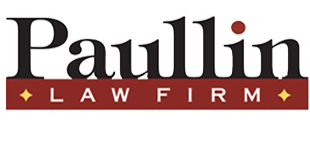22 Aug Diminution in Value: What insurance companies don’t want you to know
Diminution in value describes a reduction in the worth or value of something, generally caused by a specific circumstance or set of circumstances. In the context of an auto accident, diminution in value is the difference between a vehicle’s value before the collision and its value after collision and repair.
Diminution of value claims are based on the fact that damage to a motor vehicle results in a loss in market value, even after the damage has been repaired. Indeed, the resale value of a vehicle that has been repaired after an accident is often diminished significantly due either to actual damage or to the stigma carried by repairs. Luxury vehicles, for example, can lose more than a quarter of their value if damaged and repaired after a serious accident. ( Washington Post, 2004)
In the decision for American Service Center Assocs. v. Helton (DC, 2005), the court held that since a plaintiff whose vehicle is destroyed in an accident receives its full market value, a plaintiff whose vehicle is repairable should also end up with a vehicle of the same market value. If the vehicle does not have the same market value after repairs, the plaintiff should receive additional damages to account for the discrepancy, provided that the award does not exceed the gross diminution in value.
For example, if a car is worth $40,000 before a collision and only $25,000 after being damaged, its gross diminution in value is $15,000. If after repairs of $10,000, the car is worth $30,000, the residual diminution in value is $10,000. Even though the cost of repairs and the residual diminution total $20,000, the maximum award will be $15,000, the gross diminution in value caused by the collision.
A claim for diminution in the value of a vehicle may be made against a third party whose negligent action caused damage to the automobile, or as a first-party claim against the insured person’s own physical damage coverage. The results of such a claim depend on the wording of the insurance policy in question and on state-specific mandates. (In the state of Virginia, diminution in value claims generally only apply to third-party liability claims, when the damage has been caused by someone else’s negligence.)
Most automobile insurance policies cover the costs to repair a vehicle after a collision or some other insured cause, or if the damage is irreparable, the actual cash value of the vehicle. Since State Farm Mutual Automobile Insurance Co. v. Mabry (GA, 2001), a few insurance companies have added wording to establish that they will not compensate for diminution in value, but most policies omit any mention of the issue.
In any case, it’s important to document the extent of the damage and the repairs with photographs.The Code of Virginia also requires an appraisal by a qualified individual of both the amount of damage and the amount of diminution in value (see § 8.01-416, below) in order to determine the appropriate amount of compensation in each claim.
Contact the Paullin Law Firm today and receive the experience, compassion, and tenacity needed to fully recover compensation for your case. We will carefully evaluate your case in the light of Virginia law and precedent and help you determine what steps to take next.



